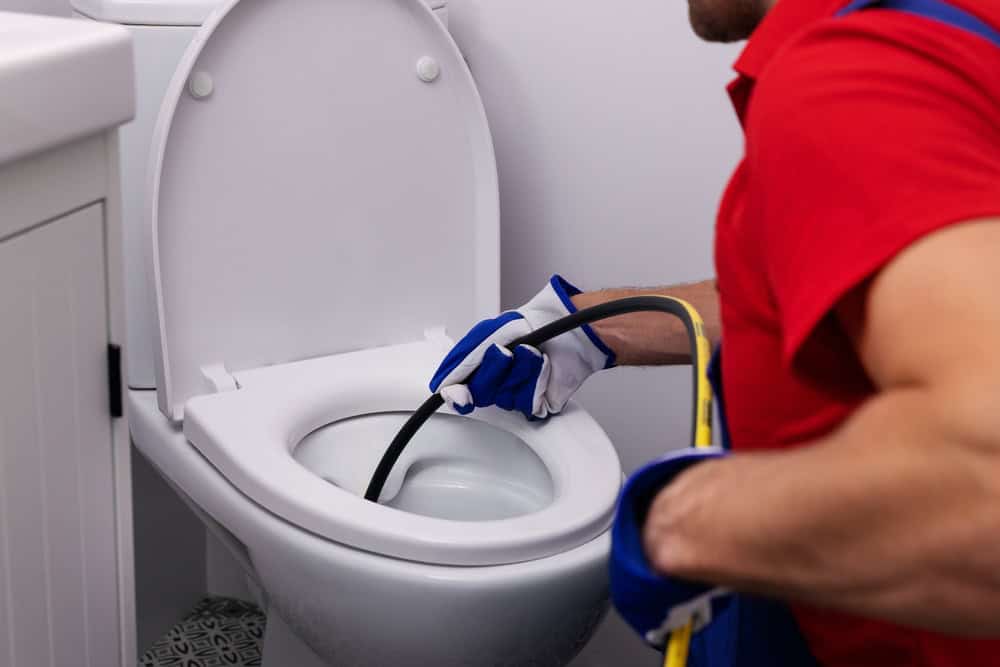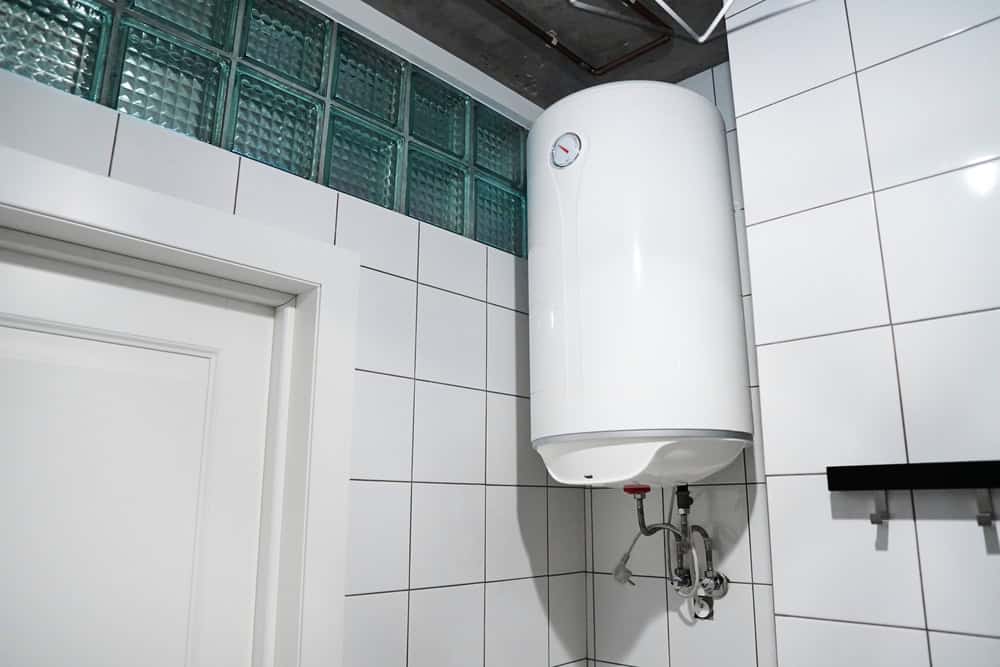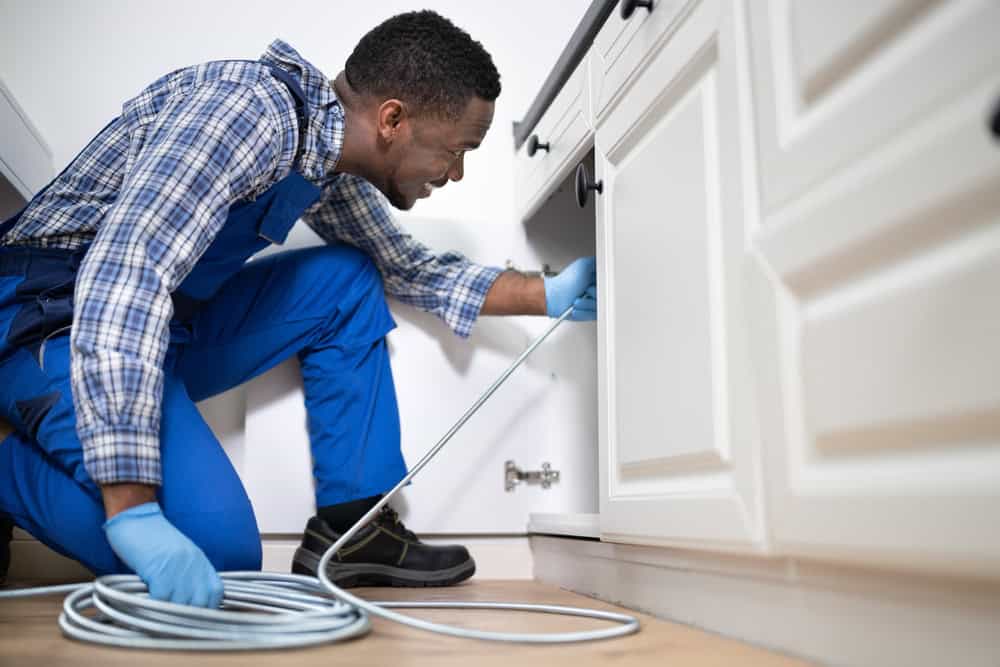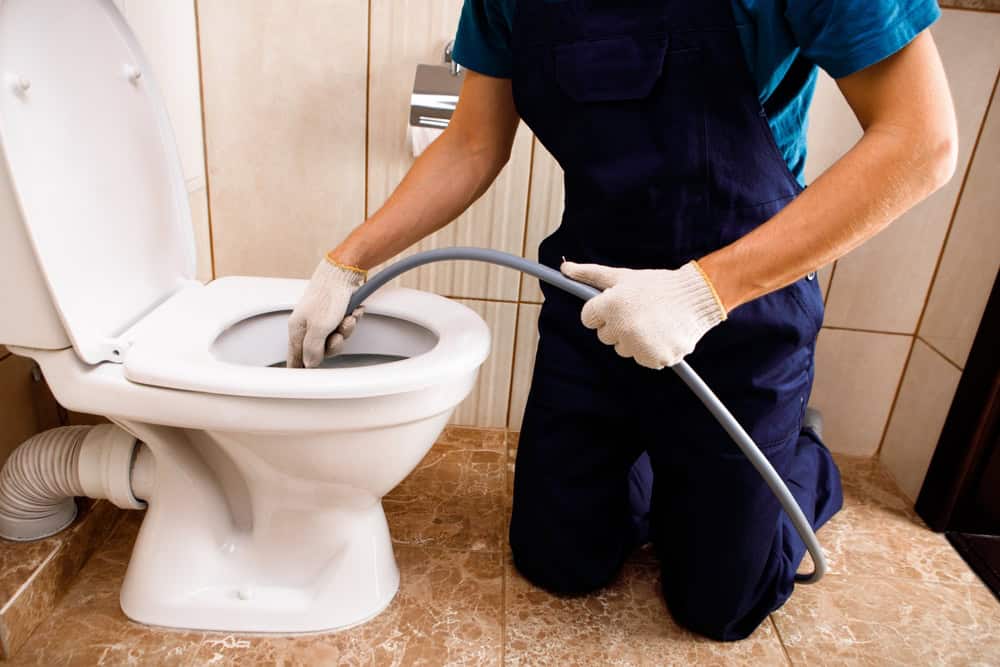Summary:
What Is Hydro-Jetting and How Does It Actually Work
Hydro jetting is a plumbing technique that uses high-pressure water to clear clogs and debris from pipes. Hydro jetting works by using a powerful stream of water to blast away clogs and debris from the inside of pipes. The water is typically pressurized to between 2,000 and 4,000 PSI, which is much higher than the pressure of a typical garden hose.
Think of it as pressure-washing the inside of your pipes. A hydro jetting machine is quite similar to a pressure washer as it produces an extremely powerful jet of water that will blast away any fat and other debris that is built up on the walls of the pipe. The hydro jetting machine blasts the water out of the nozzle at more than 4,000 psi, which is strong enough that the jet of water can slice through several-inch thick tree roots like a warm knife through butter.
The process starts with a camera inspection to see exactly what’s blocking your pipes. Then a specialized nozzle gets fed into your drain line, usually through a cleanout access point. The hydro jet nozzle has a special design that sprays one jet of water straight out of the end. It also sprays additional streams of water backward and at an angle. The jet of water coming out of the end of the nozzle works to cut through any tree roots or blast through any clogs while the other streams work to clear away any fat, sludge and other debris stuck to the walls of the pipe.
How Hydro-Jetting Differs from Snaking and Chemical Cleaners
Most people try snaking first because it’s cheaper and seems logical. Most drain cleaning attempts only push the problem deeper into your pipes. Snake augers punch a small hole through blockages, leaving most of the buildup intact. Chemical drain cleaners can actually damage your pipes while barely touching serious clogs.
Here’s the key difference: Unlike snaking, which often creates a hole through the blockage, hydro jetting cleans the entire diameter of the pipe, ensuring a more comprehensive and long-lasting solution. When you snake a drain, you’re essentially poking a hole through the clog. The debris is still there, stuck to your pipe walls, ready to catch more waste and recreate the same problem in a few weeks or months.
While chemical drain cleaners can sometimes clear blockages, repeated use can cause severe damage to your pipes. Other methods may provide temporary relief but don’t offer comprehensive cleaning. We suggest calling our St Charles plumbers, who use hydrojetting for efficient and thorough drain cleaning.
Hydro-jetting removes everything. Unlike pipe snakes or traditional methods, hydrojetting uses high-pressure water jets to eliminate years of buildup. This method ensures efficient drain cleaning in St Charles, by fully clearing the sludge from your pipes, not just creating a temporary hole. You’re not just clearing the clog—you’re getting your pipes back to their original condition.
Chemical cleaners? They’re mostly marketing. By using high-pressure water, hydro jetting avoids the use of chemical drain cleaners that can harm the environment. Chemicals in snaking sometimes requires chemical drain cleaners which can pollute and harm the ecosystem. Plus, they rarely work on serious blockages like grease buildup or tree roots.
The time factor matters too. On average, hydro-jetting usually takes around an hour to complete. This includes the whole process of thoroughly flushing dirt debris, roots, hair, oil, and other waste, as well as utilizing sewer line camera inspection to assess your pipes. Compare that to repeated snaking attempts that might temporarily clear the symptom but never address the underlying cause.
When Hydro-Jetting Is Your Best Option
Not every drain problem needs hydro-jetting, but certain situations make it the clear winner. Hydro jetting is the better choice. If your drains keep backing up, snaking may only be providing a temporary fix. Hydro jetting offers a more thorough cleaning.
Hydro jetting is ideal for cleaning out kitchen stacks or flushing out sewer lines in multi-story apartment buildings and homes. We see this all the time: grease builds up over years and years until finally the pipe is clogged. Bits of soap, oil that goes down the drain in the sink, food scraps—it accumulates until one day, nothing moves.
Tree root problems are where hydro-jetting really shines. This high-pressure water can break up even the most stubborn clogs, including grease, hair, and tree roots. It is by far the safest and most effective option for clearing sewer lines that are clogged with tree roots. A rooting machine can also be used to clear tree roots, but it often won’t be able to cut through much thicker roots like a hydro jet machine can.
Commercial properties see the biggest benefit. Hydro jetting is particularly beneficial for commercial properties with high-volume drainage systems or where frequent clogging is a common occurrence. For example, restaurants often face issues related to grease buildup in their kitchen drains. Hydro jetting can effectively remove grease deposits, ensuring uninterrupted flow and reducing the risk of unpleasant odors and backups.
The recurring clog situation is probably the clearest sign you need hydro-jetting. Recurring clogs usually mean the original blockage wasn’t completely removed – just partially cleared. Grease buildup in kitchen drains, hair and soap scum in bathrooms, and tree root intrusion in main lines all tend to reform quickly if not fully eliminated.
Multiple drain backups happening at the same time? That’s your main line, and snaking won’t fix it. You probably need hydro-jetting if you notice your sink, shower, toilet, or other fixtures draining particularly slower than normal. Usually if multiple drains are clogged or backed up, they could benefit from hydro-jetting.
Want live answers?
Connect with a FloTek Plumbing expert for fast, friendly support.
The Risks: When Hydro-Jetting Can Cause More Problems
Here’s what most companies won’t tell you upfront: hydro-jetting can damage your pipes if they’re not in good condition. However, if your pipes are damaged — whether they’re old or recently replaced — this damage can be made worse by the high-pressure service. That’s why it’s important to receive a thorough inspection to determine if it’s appropriate for your pipes.
However, there are certain circumstances where hydro jetting can damage pipes, but only if they are already compromised. Old pipes, particularly those made from clay or cast iron, are more susceptible to damage. The high-pressure water produced by hydro jetting machines can potentially cause these pipes to crack or even burst.
The condition of your pipes matters more than their age. When it comes to the potential for issues during cleaning, it’s the condition of the pipes, not the age that matters most. As long as your pipes are in good condition, hydro jetting is an appropriate service.
Pipe Materials That May Not Handle High Pressure
For this reason, we would typically never recommend hydro jetting as an option for old or damaged pipes. Hydro jetting is almost always a safe and effective option for PVC pipes, but we definitely wouldn’t recommend it if you have an older home with original cast-iron or clay pipes.
Cast iron pipes present the biggest concern. Many homes built before the 1970s still have cast iron plumbing. While they can be durable, they are susceptible to corrosion, which makes them brittle and prone to rusting. Hydro jetting can be used to clean such pipes, but if the pipes are extremely rusted – the high-pressure water can crack them or cause leaks. Hence, we always use sewer camera inspection before jetting cast iron in older homes to avoid any unintentional damage.
Clay pipes are another red flag. Clay pipes were most commonly used in sewer systems until the 1950s – especially in older neighborhoods. These pipes are strong against chemicals but brittle under pressure. Hydro jetting may cause cracks or shift the clay sections if applied with much force. Hence, we recommend that low-pressure jetting be used along with camera inspection.
Orangeburg pipes are an absolute no-go. Orangeburg pipes are made of compressed wood fibers and tar and were used as low-cost alternatives somewhere around the 1940s and 1970s. These pipes are extremely weak and can deform and even collapse under moderate pressure. Hence, hydro jetting for orangeburg pipes is absolutely not recommended, as high-pressure can tear or crush them. The only best option is to replace them!
The good news is that most homes built after 1980 have PVC or other modern materials that handle hydro-jetting well. Both cast-iron and clay pipes typically have a maximum life span of around 50 to 60 years. Clay pipes were mostly phased out in the 1960s and 1970s, and cast-iron pipes were mostly phased out by the early ’80s. If you consider the typical life span and when these types of pipes stopped being used, you’ll quickly realize why we say any cast-iron or clay pipes should probably be replaced sooner rather than later.
Cost Considerations and What You're Actually Paying For
For a standard one-time hydro jetting session, expect to pay between $600 and $1500. This will cover a simple clog removal for a standard-sized home. That’s significantly more than snaking, which typically runs $200-$400, but here’s why the investment often makes sense.
Because of its slight increase in cost as compared to traditional alternatives, hydro jetting is generally considered a last resort before other means of cleaning your drain pipes. Even though you need to spend money initially, hydro jetting will save you money in the long run because it saves time as compared to using other methods such as snakes or rooters that require multiple cleanings.
The math works out when you factor in frequency. Residential Homes: Once every 1-2 years (more often if you experience frequent clogs). Preventive hydro jetting keeps pipes in peak condition, reducing the risk of costly emergency repairs and improving overall drainage efficiency. Compare that to snaking every few months when the same clog keeps returning.
Several factors affect the final price. The condition and accessibility of the pipes significantly influence hydro jetting costs. Older pipes or those with severe blockages may require more time and effort to clean, thereby increasing the overall cost. Additionally, if the pipes are difficult to access, such as those located underground or behind walls, the service may be more expensive due to the complexity involved.
Video camera inspections can cost between $300 and $1,200. The distance and difficulty of reaching the clog also affect the price. Most reputable companies include the camera inspection in their hydro-jetting service because it’s essential for doing the job safely and effectively.
Don’t shop on price alone. It may be tempting to opt for a cheaper plumbing company to save money on hydro jetting. However, this can often lead to subpar service or even damage to your pipes. Instead, choose a reputable drain cleaning service with a history of quality work to ensure that your hydro jetting is done right the first time.
Making the Right Choice for Your St. Charles Home
The bottom line: hydro-jetting works incredibly well when it’s the right solution for your specific situation. While both hydro jetting and snaking have their advantages, hydro jetting offers a thorough and long-lasting solution for many types of clogs and drainage issues. However, it is important to consider the specific needs and conditions of your property and consult with a professional plumber to determine the most appropriate approach.
Since older pipes can have wear and tear from years of use, the best way to get an accurate assessment of the current status of your pipes is with a sewer camera inspection. This service gives your plumber a real-time video feed to uncover any potential issues within your pipes. Not only is this the most reliable way to determine the condition of your pipes, but it can also give you peace of mind that your service won’t cause any major harm to your plumbing.
The key is working with a plumbing company that prioritizes your pipes’ safety over making a quick sale. We’ve been serving St. Charles and the surrounding areas since 2015, and we’ve seen what happens when hydro-jetting is done incorrectly or on pipes that can’t handle the pressure. That’s why we always start with a thorough inspection and honest assessment of whether hydro-jetting is right for your specific situation.



